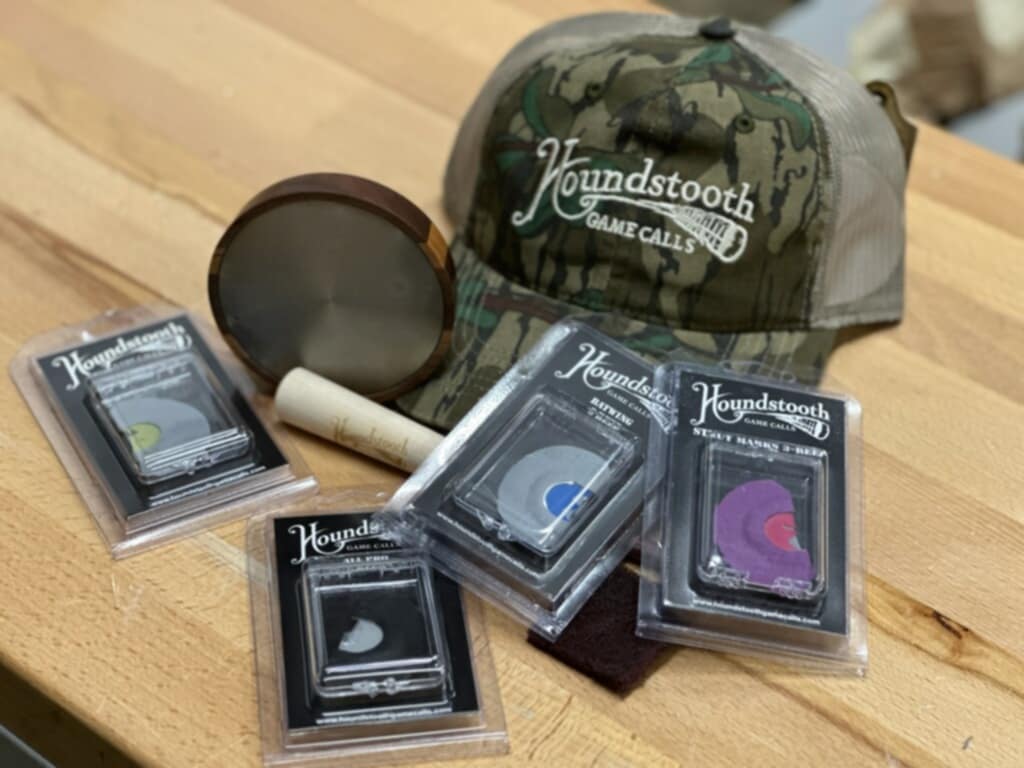When it comes to turkey hunting, picking the right call is half the battle. With so many options out there—mouth calls, box calls, and friction calls—it can be tough to know which one to run and when.
Some hunters swear by a mouth call and won’t touch anything else. Others love a good box call because of its volume and ease of use. And then there are friction calls—pot calls like slate, glass, and aluminum—that offer unmatched realism.
So which one is best? Well… it depends. Let’s break it down.
Mouth Calls: Hands-Free & Deadly When Mastered
Mouth calls (diaphragm calls) are the go-to for a lot of turkey hunters because they let you call with no hands, which is a big deal when a gobbler is closing in.
Pros of Mouth Calls:
✔️ Hands-free calling – Keep your gun ready while calling.
✔️ Wide range of sounds – From soft tree yelps to aggressive cutting.
✔️ Lightweight – No bulk, just slip it in your vest pocket.
✔️ Affordable – A good mouth call won’t break the bank.
Cons of Mouth Calls:
❌ Takes practice – If you’re new to mouth calls, there’s a learning curve.
❌ Can cause gagging – Some hunters struggle with the fit in their mouth.
❌ Less volume than a box call – Can get loud, but not like a box.
Best for:
Experienced hunters who want full control over their calling.
Close-range hunting where hands-free calling is a big advantage.
Hunters who like versatility and the ability to call subtly or aggressively.
🦃 Want to get good at a mouth call? Start practicing now.
Shop Mouth Calls
Box Calls: Loud, Realistic, and Easy to Use
Box calls are one of the oldest and most reliable turkey calls around. They produce loud, realistic turkey sounds with minimal effort—perfect for beginners and long-distance calling.
Pros of Box Calls:
✔️ Easy to use – Anyone can pick up a box call and sound decent.
✔️ Loud – Great for reaching out on windy days or big country.
✔️ Realistic yelps and clucks – Sounds natural without much skill.
Cons of Box Calls:
❌ Needs two hands – Can’t call and have your gun ready at the same time.
❌ Can be bulky – Takes up space in your vest.
❌ Weather sensitive – Wood box calls don’t like rain and moisture.
Best for:
Beginners who want an easy-to-use call, that sounds great.
Hunters who need volume to reach distant gobblers.
Calling in big open terrain where sound needs to travel.
🦃 A good box call belongs in every turkey vest.
Shop Box Calls
Friction Calls (Pot Calls): Versatile & Deadly Realistic
Friction calls—like pot calls made from slate, glass, or aluminum—are some of the most realistic turkey calls out there. They require both hands to run but give you precise control over your calling.
Pros of Friction Calls:
✔️ Very realistic turkey sounds – Soft clucks, purrs, aggressive cuts—it does it all.
✔️ Great control – Easily change pitch, volume, and tone.
✔️ Good for soft calling – Perfect for close encounters.
Cons of Friction Calls:
❌ Needs your hands – Can’t use with a gun shouldered.
❌ Weather sensitive – Some pot calls don’t work well in wet conditions.
❌ Takes some practice – More forgiving than a mouth call, but still requires skill.
Best for:
Hunters who want the most realistic sounds possible.
Late-season, close-range hunts where subtle calling is key.
Backup callers—if you’re hunting with a buddy, friction calls are a great second call.
🦃 Want a call that sounds just like a real hen? Get yourself a good friction call.
Shop Friction Calls
So, Which Turkey Call Is Best?
That depends on you and the situation.
🔹 Need a loud locator call? Grab a box call.
🔹 Want hands-free calling? Run a mouth call.
🔹 Looking for the most realistic hen sounds? A good pot call has you covered.
The best turkey hunters carry all three and use the right call at the right time. If you’re serious about tagging longbeards, it’s worth learning how to use them all.
👉 Check out our full lineup of turkey calls and get the best tool for the job:
Shop All Turkey Calls
Good luck this season, and may every gobbler come in strutting! 🦃




